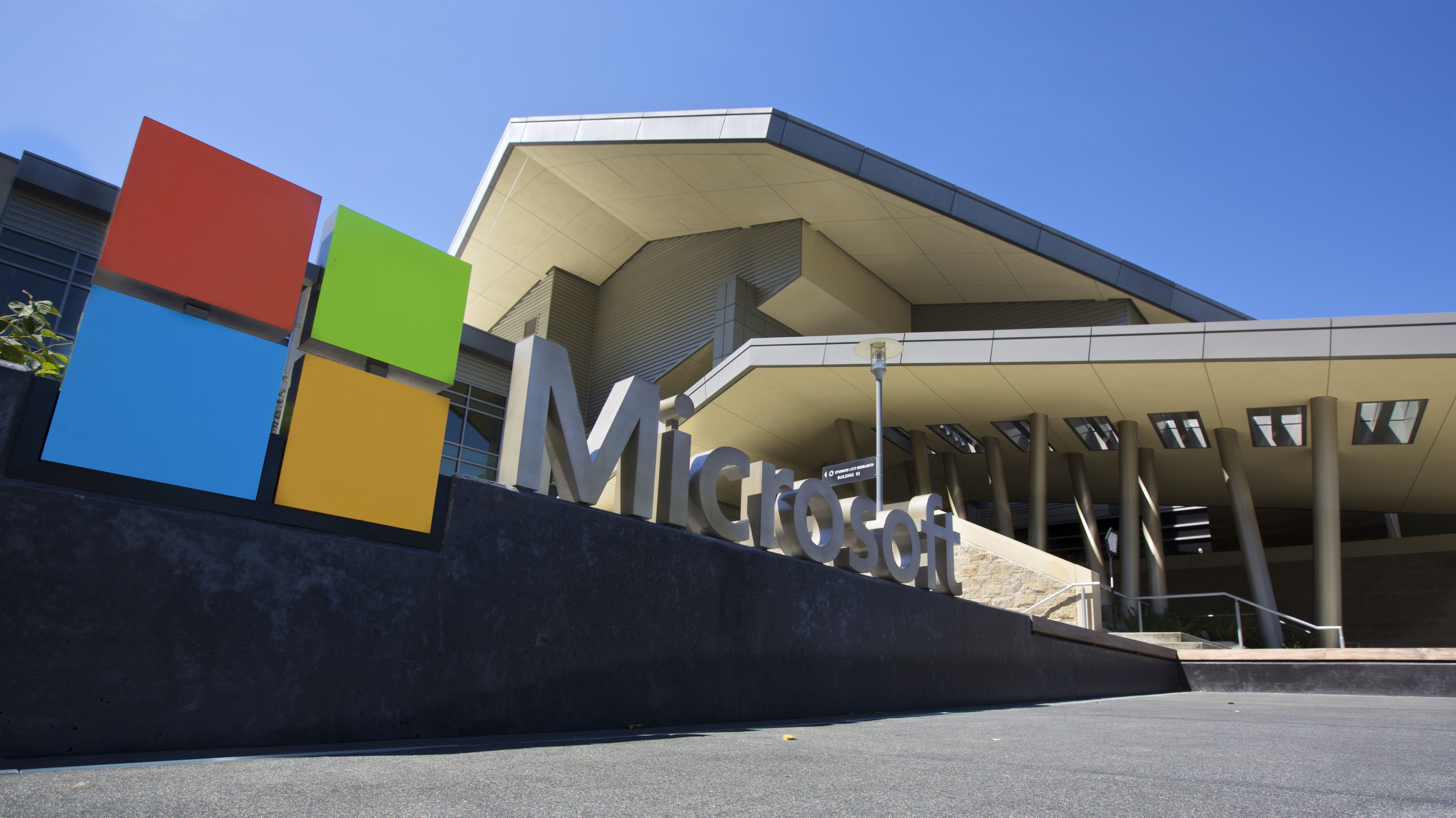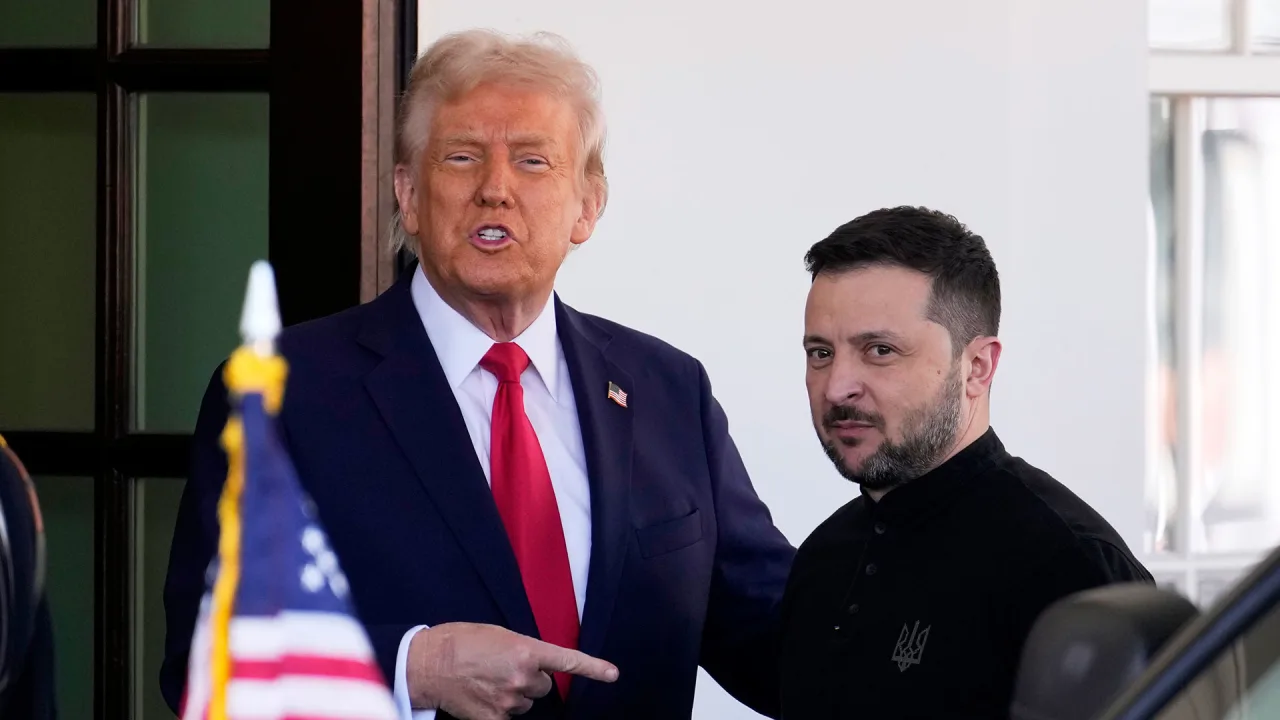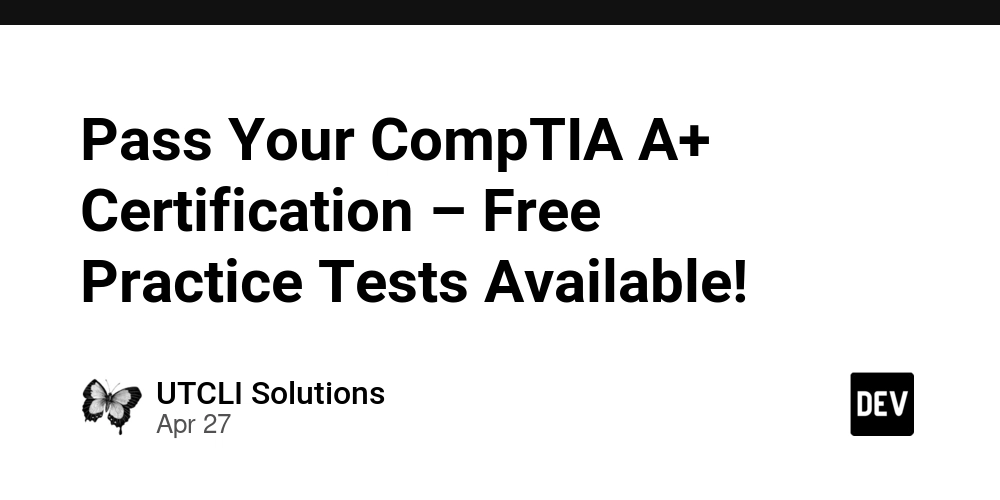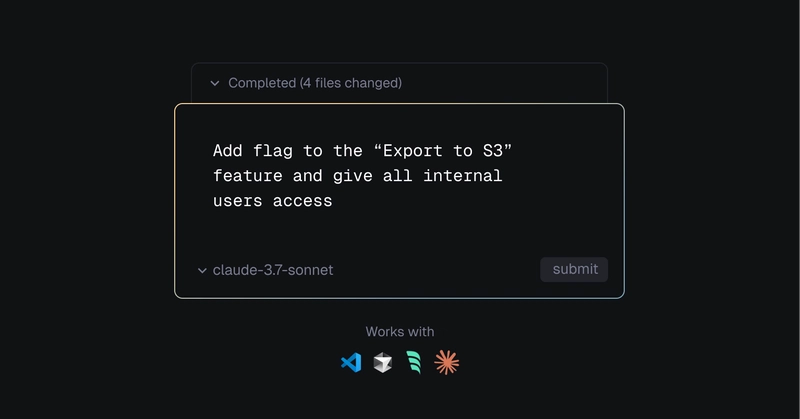Exploring Blockchain Governance: Navigating Decentralization and Beyond
Abstract Blockchain governance is revolutionizing how decentralized networks operate by merging on-chain voting systems with traditional off-chain community dialogue. This post explores the history, core concepts, practical applications, challenges, and future innovations of blockchain governance. We dive into the evolution from Bitcoin’s simple model to sophisticated systems on Ethereum, Tezos, Polkadot, and Arbitrum while discussing cross-chain interoperability, AI integration, and regulatory considerations. Along the way, readers will discover real-world examples and resources—including on-chain governance innovations and inspiring open source funding initiatives—guiding a path toward a secure and transparent decentralized future. Introduction As digital ecosystems expand, blockchain governance has emerged as a vital tool for managing decentralized networks. With robust technical mechanisms and engaging community-driven strategies, the field is shaping new decision-making models that are both transparent and scalable. In this post, we will examine the foundational concepts behind blockchain governance, explore different models such as on-chain, off-chain, and hybrid systems, and look at their applications in industries ranging from decentralized finance (DeFi) to digital art. We'll also discuss future trends such as the integration of artificial intelligence (AI) and cross-chain governance that promise to further evolve this landscape. For an original, in-depth discussion on this topic, please refer to the Exploring Blockchain Governance: Navigating Decentralization and Beyond article. Background and Context Blockchain technology began with Bitcoin, emphasizing a trustless, decentralized structure. As the technology matured, governance mechanisms became essential to manage protocol changes, allocate resources, and resolve disputes. Blockchain governance refers to the various methods employed to administer these decentralized systems, ensuring that network updates and decisions are made transparently. Historically, projects like Bitcoin relied on off-chain consensus, where improvements and changes were discussed openly in forums before being implemented. More recent platforms such as Tezos and Polkadot have adopted on-chain and hybrid models with direct token-holder voting systems. This evolution is driven by the need to balance decentralization with scalability and responsiveness. Furthermore, governance directly impacts regulatory compliance and investor confidence in sectors like DeFi and NFT marketplaces. Blockchain governance is also intertwined with emerging trends such as: Cross-chain interoperability: Allowing different blockchains to communicate and share governance responsibilities. Artificial Intelligence (AI): Enhancing decision-making and predictive analytics. Decentralized identity: Ensuring that every stakeholder has a verified and secure identity, crucial for fair voting. Core Concepts and Features To understand blockchain governance, it is essential to break down its core components: Governance Models and Methodologies There are three primary models in blockchain governance: On-Chain Governance: Direct proposal submission via smart contracts Token-weighted voting that is recorded immutably on the blockchain Example: Tezos implements on-chain voting so that every update is transparent and permanent. For more details on effective on-chain methods, check Arbitrum and On-Chain Governance. Off-Chain Governance: Decisions are discussed off the blockchain through forums, developer meetings, and community channels Offers flexibility and rapid consensus building Example: Ethereum utilizes off-chain discussions that later guide protocol updates. Hybrid Models: Combines on-chain transparency with off-chain deliberative processes Example: Polkadot’s council and referendum chambers use a hybrid system that supports both direct and mediated voting. Key Features of Blockchain Governance Blockchain governance systems are built around certain vital features: Decentralization: No single entity controls the system, ensuring power is dispersed. Transparency: Each vote and proposal is publicly recorded on the chain. Incentive Alignment: Participants are rewarded for contributing to the network's success. Modularity and Scalability: Systems are designed to evolve alongside network growth. Interoperability: Platforms can interact, a critical asset in emerging multi-chain ecosystems. Integration with Emerging Technologies Blockchain governance does not exist in isolation. It often integrates with: AI-Assisted Decision Making: AI models analyze trends and forecast impacts, as detailed in numerous industry discussions. Decentralized Finance (DeFi): Governance tokens ensure ecosystem changes remain aligned with financial incentives. NFT Marketplaces: Community voting shapes digital art curation and copyright manag
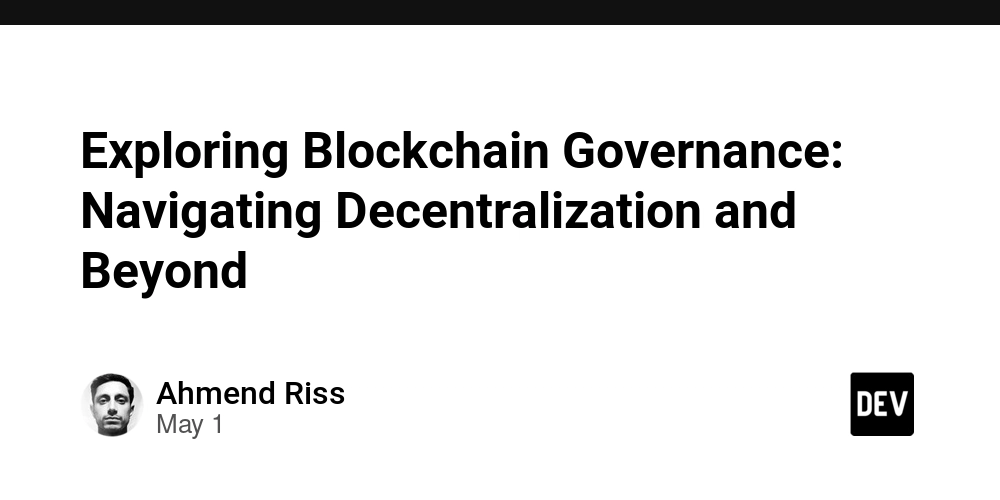
Abstract
Blockchain governance is revolutionizing how decentralized networks operate by merging on-chain voting systems with traditional off-chain community dialogue. This post explores the history, core concepts, practical applications, challenges, and future innovations of blockchain governance. We dive into the evolution from Bitcoin’s simple model to sophisticated systems on Ethereum, Tezos, Polkadot, and Arbitrum while discussing cross-chain interoperability, AI integration, and regulatory considerations. Along the way, readers will discover real-world examples and resources—including on-chain governance innovations and inspiring open source funding initiatives—guiding a path toward a secure and transparent decentralized future.
Introduction
As digital ecosystems expand, blockchain governance has emerged as a vital tool for managing decentralized networks. With robust technical mechanisms and engaging community-driven strategies, the field is shaping new decision-making models that are both transparent and scalable. In this post, we will examine the foundational concepts behind blockchain governance, explore different models such as on-chain, off-chain, and hybrid systems, and look at their applications in industries ranging from decentralized finance (DeFi) to digital art. We'll also discuss future trends such as the integration of artificial intelligence (AI) and cross-chain governance that promise to further evolve this landscape. For an original, in-depth discussion on this topic, please refer to the Exploring Blockchain Governance: Navigating Decentralization and Beyond article.
Background and Context
Blockchain technology began with Bitcoin, emphasizing a trustless, decentralized structure. As the technology matured, governance mechanisms became essential to manage protocol changes, allocate resources, and resolve disputes. Blockchain governance refers to the various methods employed to administer these decentralized systems, ensuring that network updates and decisions are made transparently.
Historically, projects like Bitcoin relied on off-chain consensus, where improvements and changes were discussed openly in forums before being implemented. More recent platforms such as Tezos and Polkadot have adopted on-chain and hybrid models with direct token-holder voting systems. This evolution is driven by the need to balance decentralization with scalability and responsiveness. Furthermore, governance directly impacts regulatory compliance and investor confidence in sectors like DeFi and NFT marketplaces.
Blockchain governance is also intertwined with emerging trends such as:
- Cross-chain interoperability: Allowing different blockchains to communicate and share governance responsibilities.
- Artificial Intelligence (AI): Enhancing decision-making and predictive analytics.
- Decentralized identity: Ensuring that every stakeholder has a verified and secure identity, crucial for fair voting.
Core Concepts and Features
To understand blockchain governance, it is essential to break down its core components:
Governance Models and Methodologies
There are three primary models in blockchain governance:
-
On-Chain Governance:
- Direct proposal submission via smart contracts
- Token-weighted voting that is recorded immutably on the blockchain
- Example: Tezos implements on-chain voting so that every update is transparent and permanent.
- For more details on effective on-chain methods, check Arbitrum and On-Chain Governance.
-
Off-Chain Governance:
- Decisions are discussed off the blockchain through forums, developer meetings, and community channels
- Offers flexibility and rapid consensus building
- Example: Ethereum utilizes off-chain discussions that later guide protocol updates.
-
Hybrid Models:
- Combines on-chain transparency with off-chain deliberative processes
- Example: Polkadot’s council and referendum chambers use a hybrid system that supports both direct and mediated voting.
Key Features of Blockchain Governance
Blockchain governance systems are built around certain vital features:
- Decentralization: No single entity controls the system, ensuring power is dispersed.
- Transparency: Each vote and proposal is publicly recorded on the chain.
- Incentive Alignment: Participants are rewarded for contributing to the network's success.
- Modularity and Scalability: Systems are designed to evolve alongside network growth.
- Interoperability: Platforms can interact, a critical asset in emerging multi-chain ecosystems.
Integration with Emerging Technologies
Blockchain governance does not exist in isolation. It often integrates with:
- AI-Assisted Decision Making: AI models analyze trends and forecast impacts, as detailed in numerous industry discussions.
- Decentralized Finance (DeFi): Governance tokens ensure ecosystem changes remain aligned with financial incentives.
- NFT Marketplaces: Community voting shapes digital art curation and copyright management.
- Regulatory Compliance Measures: Systems adapt to evolving legal frameworks while maintaining decentralized integrity.
Below is a table comparing key governance features across different blockchain projects:
| Feature | Ethereum | Tezos | Polkadot | Arbitrum |
|---|---|---|---|---|
| Governance Model | Off-Chain & Informal Consensus | On-Chain Governance | Hybrid (Council + Referendum) | On-Chain with blended off-chain discussions |
| Consensus Mechanism | Proof of Stake (PoS) | Liquid Proof of Stake (LPoS) | Nominated Proof-of-Stake (NPoS) | Rollup-enhanced PoS variant |
| Transparency | High | Very High | High | High |
| Scalability Tools | Layer 1 & Layer 2 Solutions | Self-Amendment Mechanism | Parachains | Optimistic Rollups & Cross-Chain Bridges |
| Regulatory Adaptability | Evolving | Mature | Flexible | Integrated compliance measures |
Core Components Bullet List
Key components of blockchain governance include:
- Proposal Submission & Voting Mechanisms: Direct proposals through smart contracts.
- Economic Incentives: Align voting power with network success.
- Immutable Record Keeping: Ensures all decisions are permanently recorded.
- Interoperability Modules: Bridges between various blockchain ecosystems.
- Automated Conflict Resolution: Often embedded in smart contracts.
Each of these components helps create a robust system where technical innovation meets community engagement.
Applications and Use Cases
Blockchain governance has transformed industries by providing transparent and secure decision-making frameworks. Here are some practical examples:
Decentralized Finance (DeFi)
DeFi platforms heavily rely on governance tokens to facilitate protocol upgrades and adjustments.
- Example: Polkadot’s hybrid model allows stakeholders to participate actively, ensuring quick yet democratic implementation of changes. Projects such as Aave and Compound use governance tokens for policy adjustments and to vote on key financial parameters. Additionally, Arbitrum and De-Fi Yield illustrate how Layer 2 solutions can boost scalability and performance.
NFT Marketplaces and Digital Art
In the creative sector, NFT marketplaces implement governance systems that influence which digital art pieces are featured.
- Example: DAO-driven platforms empower token holders to vote on intellectual property rights and digital art curation. This model not only protects copyrights but also enhances communal artistic curation. For further insights on NFTs, consider visiting Arbitrum and Gaming.
Government and Public Sector Applications
Governments are exploring blockchain to modernize voting systems, land registries, and public records.
- Example: Blockchain-based voting systems bring transparency and reduce fraud since every vote is recorded immutably. Some municipalities have piloted such systems, showing promising results in enhanced security and auditability.
Additionally, blockchain governance has found a role in open source funding and corporate sponsorships that drive community-driven projects. For more details, check out resources such as Arbitrum and Network Upgrades.
Challenges and Limitations
While promising, blockchain governance faces several challenges that could affect its broader adoption:
Scalability and Performance
- Network Congestion: As more transactions occur on-chain, systems can experience delays.
- Scalability Solutions: Adoption of Layer 2 solutions and side chains (like those used in Arbitrum and Ethereum Interoperability) is essential.
Centralization Risks
- Power Concentration: When a few stakeholders control a significant portion of voting tokens, influences may skew.
- Mitigation Strategies: Implementing quorum requirements and innovative voting algorithms is key to ensuring fairness.
Security Vulnerabilities
- Smart Contract Flaws: Bugs may allow malicious manipulation, necessitating rigorous audits and third-party reviews.
- Consensus Limitations: Although PoS reduces energy use, it can also concentrate power among a few validators.
Regulatory Uncertainty
- Evolving Standards: Governments globally are still defining frameworks, which can hinder blockchain's rapid evolution.
- Adaptability: Governance models must strike a balance between decentralization and regulatory guidelines. Refer to Arbitrum and Regulatory Compliance for additional insights.
User Experience and Community Engagement
- Technical Literacy: Not all token holders have the expertise to vote on complex changes, calling for educational initiatives.
- Communication Channels: Without structured dialogue, reaching consensus is challenging.
Summary of Key Governance Challenges
- Scalability bottlenecks necessitating Layer 2 improvements.
- Risk of centralization among major stakeholders.
- Smart contract vulnerabilities.
- Regulatory hurdles and compliance issues.
- User experience and educational challenges.
Future Outlook and Innovations
The future of blockchain governance is poised to be more dynamic as new technologies and collaborative models emerge.
Integration of Artificial Intelligence
- Predictive Analytics: AI can analyze on-chain activities to forecast network trends.
- Automated Adjustments: Future systems may use machine learning to dynamically adjust governance parameters based on real-time network metrics.
Cross-Chain Governance Systems
- Seamless Interoperability: Innovations will enable different blockchains to work together, balancing influence across ecosystems.
- Enhanced Collaboration: Improved cross-chain protocols promise cohesive interactions among networks such as Ethereum, Tezos, and emerging Layer 2 solutions like Arbitrum.
Enhanced Incentive Mechanisms
- Dynamic Tokenomics: Advanced economic models can reward long-term participation while curbing short-term opportunism.
- Integration with DeFi and NFTs: Merging governance rights with tokenized assets may foster more robust and self-sustaining ecosystems.
Regulatory Frameworks and Standardization
- Global Convergence: As regulators establish international standards, blockchain governance will continue adapting to ensure compliance without compromising decentralization.
- Transparent Audit Trails: On-chain audit systems will further build trust among global stakeholders.
To see a detailed comparison of emerging innovations, the following table briefs some innovations:
| Innovation | Description | Impact | Example/Reference |
|---|---|---|---|
| AI-Assisted Governance | Uses machine learning for real-time decision making | Faster, transparent updates with minimal human error | Future enhancements in Ethereum and Arbitrum |
| Cross-Chain Integration | Interoperability among diverse blockchains | More robust, interconnected ecosystems | Arbitrum and Ethereum Interoperability |
| Dynamic Tokenomics | Adaptive economic models to reward participation | Fairer and sustainable incentive distribution | Emerging models in DeFi protocols |
| Regulatory Compliance Modules | On-chain modules to enforce legal standards | Secure and universally accepted networks | In-progress standards discussed in blockchain regulation |
Summary and Conclusion
Blockchain governance is rapidly shaping the future of decentralized decision-making by merging technical innovation with community participation. We explored three key governance models—on-chain, off-chain, and hybrid—and examined how each plays a vital role in maintaining system transparency and decentralization. Real-world applications stretch from decentralized finance and NFT marketplaces to government electoral systems and open source project funding.
Despite robust features, challenges such as scalability, centralization risks, security vulnerabilities, and regulatory uncertainties persist. However, ongoing innovation—spurred by AI integration, cross-chain interoperability, and more dynamic tokenomics—augurs well for the future.
Stakeholders in blockchain, from developers and investors to community enthusiasts, must engage proactively with these systems. Active participation and collaborative development are essential for ensuring that blockchain governance continues to evolve into a secure, transparent, and equitable platform for digital innovation.
For further inspiration, consider reading these insightful posts on the subject:
- Unveiling a New Frontier in Open Source Licensing: The Ricoh Source Code Public License
- Blockchain and Renewable Energy: A Sustainable Convergence
- Elon Musk and the Open Source Revolution: Pioneering a New Era of Innovation
- Arbitrum and Cross-Chain Messaging: Pioneering Blockchain Interoperability
- The Ethical Imperative: Coding Ethical Practices in Software Development
In conclusion, blockchain governance is more than just an upgrade mechanism—it is a blueprint for the future of decentralized digital ecosystems. As this field continues to innovate, the integration of advanced technologies and proactive regulatory frameworks will be critical to realizing a more secure, transparent, and fair digital world.
By bridging technology, regulatory insight, and community engagement, blockchain governance paves the way for a resilient decentralized future. Whether you are an enthusiast, developer, or investor, staying informed and involved is key to navigating this ever-evolving landscape.
Happy reading and keep innovating!





































































































































































![[The AI Show Episode 145]: OpenAI Releases o3 and o4-mini, AI Is Causing “Quiet Layoffs,” Executive Order on Youth AI Education & GPT-4o’s Controversial Update](https://www.marketingaiinstitute.com/hubfs/ep%20145%20cover.png)














































































































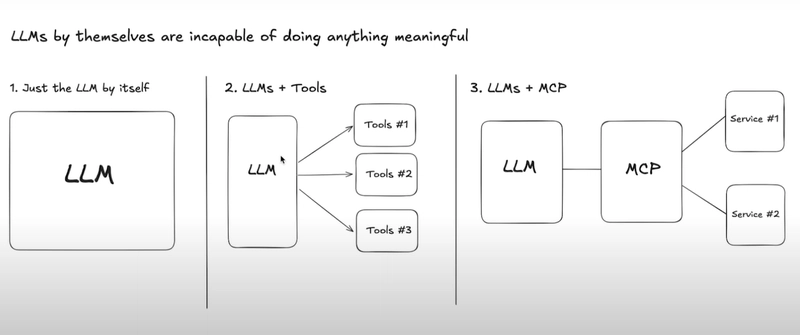
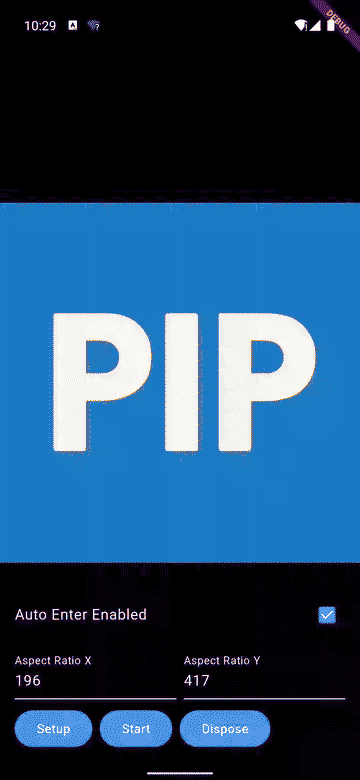













![[DEALS] Mail Backup X Individual Edition: Lifetime Subscription (72% off) & Other Deals Up To 98% Off – Offers End Soon!](https://www.javacodegeeks.com/wp-content/uploads/2012/12/jcg-logo.jpg)











































































































































_Andreas_Prott_Alamy.jpg?width=1280&auto=webp&quality=80&disable=upscale#)
























































































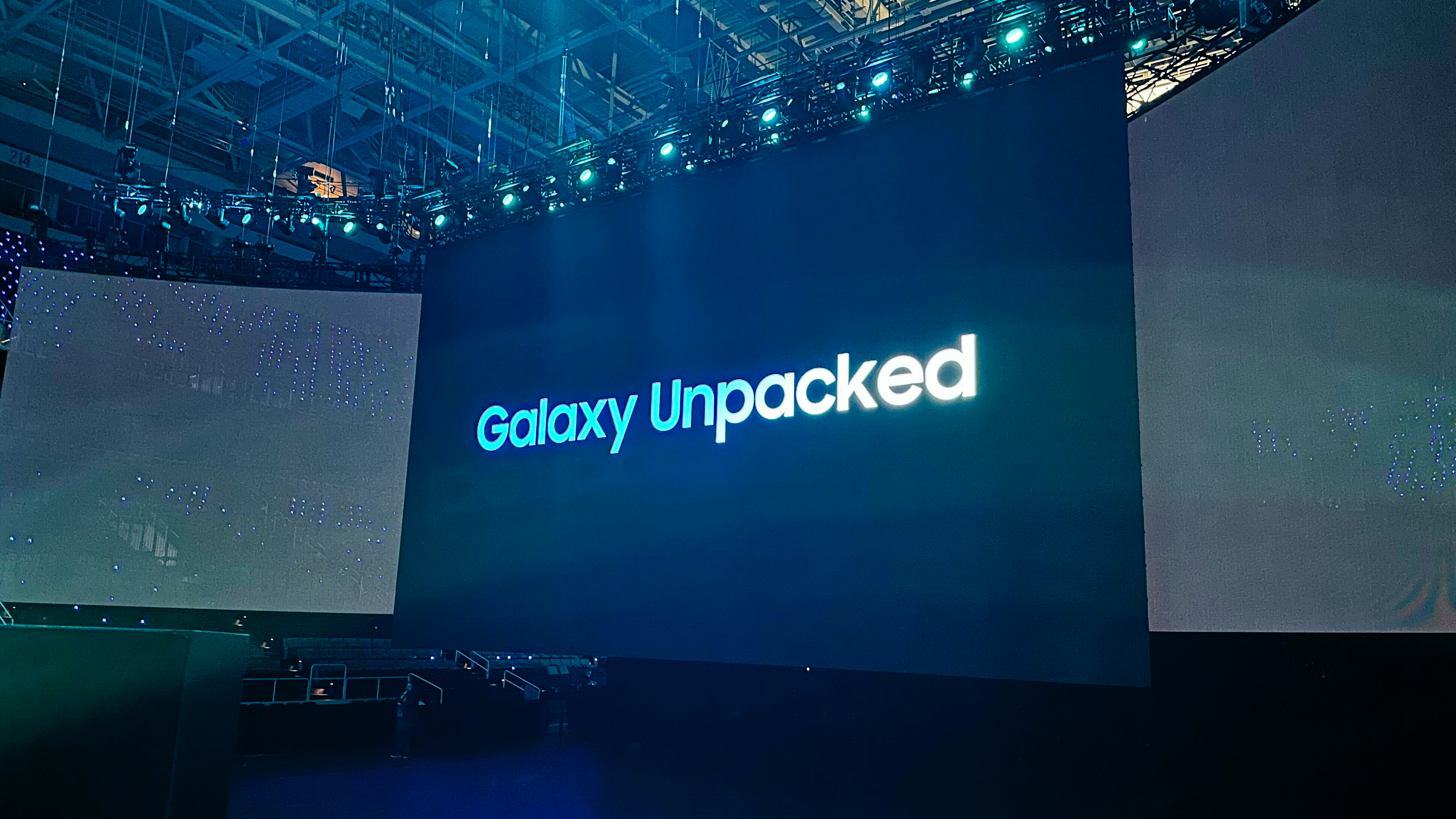







![Severance-inspired keyboard could cost up to $699 – have your say [Video]](https://i0.wp.com/9to5mac.com/wp-content/uploads/sites/6/2025/05/Severance-inspired-keyboard-could-cost-up-to-699-%E2%80%93-have-your-say-Video.jpg?resize=1200%2C628&quality=82&strip=all&ssl=1)




![Google Home app fixes bug that repeatedly asked to ‘Set up Nest Cam features’ for Nest Hub Max [U]](https://i0.wp.com/9to5google.com/wp-content/uploads/sites/4/2022/08/youtube-premium-music-nest-hub-max.jpg?resize=1200%2C628&quality=82&strip=all&ssl=1)

































